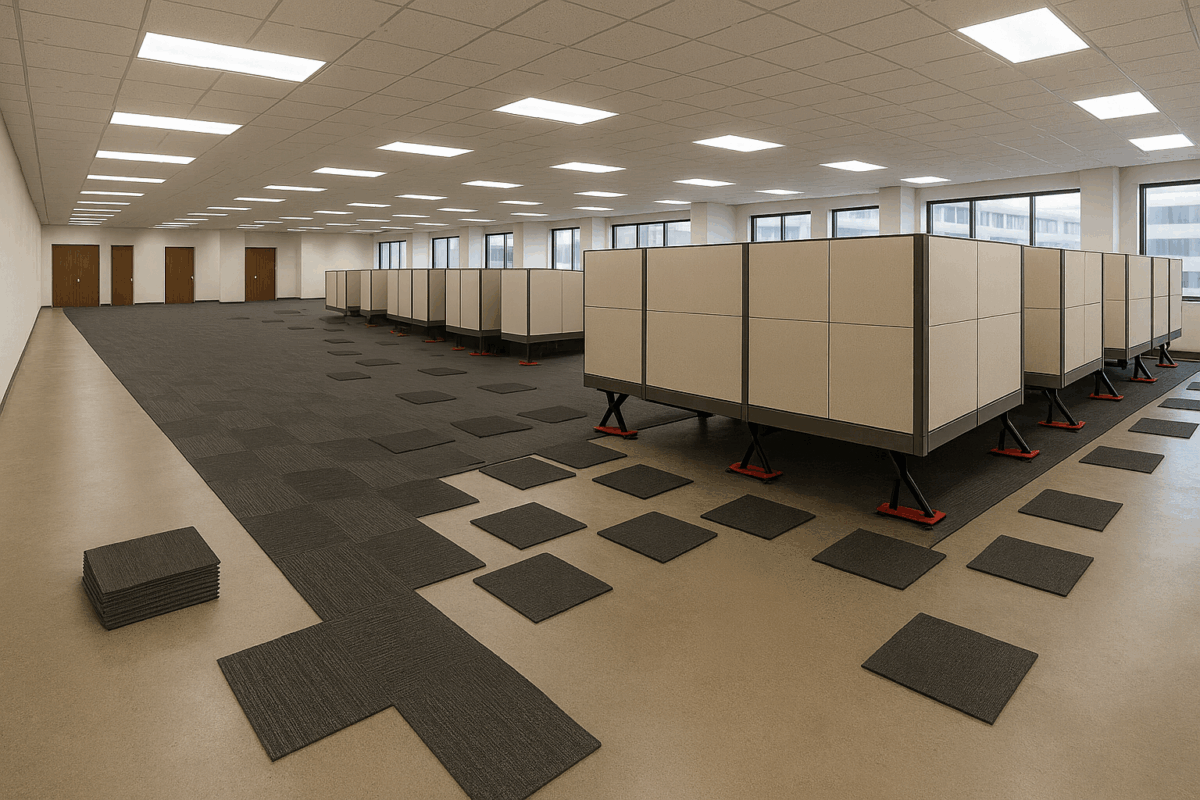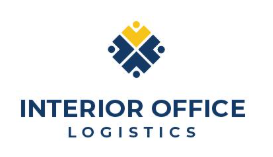Cyclical carpet and paint are essential components of government-leased spaces, contributing to aesthetics, functionality, and occupant well-being. However, meeting government requirements for these materials poses several challenges for contractors, facility managers, and property managers. This post explores the complexities and hurdles associated with implementing cyclical carpet and paint in compliance with government regulations.
1. Regulatory Complexity
One of the most significant challenges with cyclical paint and carpet requirements is navigating the intricate web of regulations. Government requirements often involve many federal, state, and local standards that can vary widely. For instance, the General Services Administration (GSA) provides guidelines for federal buildings, but additional requirements may come from local building codes or environmental regulations. Before creating their solicitation, the property manager must be familiar with the building’s lease to ensure they understand the specific cyclical requirements associated with it.
- Constantly Evolving Requirements: Government standards can change based on new research, technologies, or shifts in policy. Keeping up with these changes is a continuous challenge for those involved in the procurement and installation of cyclical carpet and paint.
2. Material Sourcing
Finding carpet and paint materials that meet stringent government standards can be a significant hurdle. Government contracts often require the use of low-VOC, sustainable, fire-resistant materials and meet a Severe TARR rating (Texture Appearance Retention Rating)
- Limited Options: While the demand for eco-friendly and sustainable materials is rising, the market may not always provide a wide selection of carpet and paint products that meet all regulatory requirements. This can lead to delays in sourcing and may necessitate custom orders, which can be more expensive and time-consuming.
- Supplier Compliance: Ensuring that suppliers adhere to government standards adds another layer of complexity. Contractors must verify that all materials, from carpet to paint, are compliant, which can require extensive due diligence. Noncompliance is not an option, the owner/property manager must trust that the contractor is compliant.
3. Cost Implications
Cyclical requirements can be costly due to a property manager’s lack of experience based on their tenure within their buildings. Cyclical carpet and paint range from three to every ten years. Due to the lack of experience, a crucial decision can be made that will increase cost. Here are a few tips to lower the costs of cyclical carpet and paint requirements:
- Hiring A GC – It is common for property managers and owners to want to hire a General Contractor (GC). However, this may be one time where a GC is overly qualified. Generally, a good flooring contractor has a project manager that can deliver a successful project and be more cost effective.
- Moving Furniture – In an occupied setting, naturally, you want to remove office components to either paint or replace the carpet. To save on cost, find a flooring contractor that has Lift technicians and eliminate this step. Big savings here.
- Match existing carpet – It’s the most convenient option, however it may be the biggest mistake from a cost perspective. The original carpet spec may be from the initial buildout which is at a higher price point and does not fit cyclical criteria.
- Inaccurate Floor Plans – if outdated floor plans are often provided to the contractor, this may cause an unnecessary increase in material quality and over estimation of the complexity of a project.
- Bidding Wars and Competitive Pricing – The competitive nature of government contracts can lead to bidding wars that focus on lowering costs. This pressure may encourage contractors to cut corners or select less compliant materials to win contracts, potentially compromising quality. Ensure you are picking a contractor not just on cost, but also on trust and quality.
4. Installation Challenges
The cyclical carpet and paint installation must adhere to specific guidelines, which can be challenging to execute.
- High Security Government Agencies – Flooring technicians need to pass background checks and know how to conduct themselves in these facilities.
- Occupied Office Environments –Detailed phasing drawings will be provided to indicate to the tenant where the installation team will be working each night.
- Time Constraints: Government contracts often have strict timelines for completion. Coordinating the installation of cyclical carpet and paint while ensuring compliance with all requirements can be a logistical challenge, mainly if issues arise during the process.
Overcoming the Cyclical Carpet & Paint Challenges
The challenges associated with cyclical carpet and paint in government leases are multifaceted, ranging from regulatory complexity and material sourcing to cost implications and installation hurdles. Despite these challenges, navigating them effectively is essential for maintaining compliance and ensuring high-quality work environments.
By understanding these challenges, contractors and property managers can develop strategies to overcome them, such as fostering strong supplier relationships, investing in skilled labor, and establishing clear communication channels. Ultimately, addressing these obstacles not only helps meet government requirements but also contributes to creating sustainable and functional spaces that enhance occupant well-being. As the government contracting landscape continues to evolve, adaptability and commitment to quality will remain crucial in successfully implementing cyclical carpet and paint solutions.
About Interior Office Logistics:
The Interior Office Logistics team specializes in providing premium flooring and paint solutions tailored to meet the specific requirements of government agencies, corporate offices, and various commercial facilities. With a deep understanding of the distinct challenges faced by each sector, we focus on delivering results that align with the unique needs of our clients, whether for small offices or large-scale facilities.
In particular, we recognize the complexities involved in working on federal projects. These often come with heightened standards for security, compliance, and operational continuity, and we approach each project with the utmost attention to detail. Our team is well-versed in navigating the regulatory and operational demands of federal facilities, ensuring that all flooring installations meet rigorous standards while maintaining the security and functionality of the space.
We are committed to executing projects with a high level of efficiency, taking pride in delivering our services on time and within budget. Our experienced professionals work diligently to minimize disruption to the office’s daily operations, ensuring that our clients can continue their work seamlessly while we complete the project. Whether it’s a simple office renovation or a complex, large-scale facility upgrade, the Interior Office Logistics team delivers flooring and paint solutions that meet the highest standards of quality and reliability.
For questions about cyclical requirements, contact the experts at The Interior Office Logistics.
For general government leasing questions, contact our experts here at Arco Real Estate Solutions.
This content was provided by:
Michael Grimm, President
443-310-5941
Chad worked in federal real estate at the GSA and the U.S. Navy for over 15 years. As Principal of Arco Real Estate Solutions, he now assists building owners and brokers obtain and maintain leases with GSA and other Federal Agencies. When he is not using his expertise in this niche industry to assist his clients, he serves as an instructor for the very classes GSA requires for its leasing employees.

